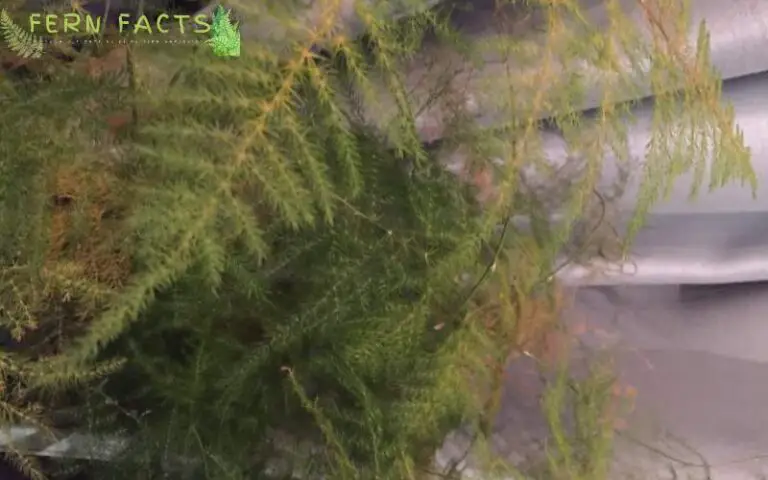15 Plants To Intercrop With Tomatoes: Boost Your Garden’s Productivity
Tomatoes are a popular vegetable in many gardens.
They taste great and grow well in most places. But did you know that planting other crops near tomatoes can make them even better?
Intercropping tomatoes with the right plants can boost growth, keep pests away, and improve soil health. I’ll share 15 plants that work well with tomatoes.
These plants can help you get more from your garden space. They can also make your tomatoes tastier and healthier.
1: Basil

I love planting basil next to my tomatoes. It’s a great companion plant that helps repel pests like flies and mosquitoes.
Basil also improves the flavor of tomatoes. I’ve found that growing them together leads to tastier tomatoes at harvest time.
The two plants grow well side-by-side and don’t compete for nutrients. I make sure to plant basil around the base of my tomato plants.
2: Chives

Chives are a great plant to grow with tomatoes. I find they help keep pests away from my tomato plants. Aphids, slugs, and snails don’t like chives.
Chives also bring bees to my garden. This helps pollinate my tomatoes. I like how easy chives are to grow next to tomatoes.
The onion smell of chives can improve tomato flavor too. I plant chives around the edges of my tomato beds. This works well in small spaces.
3: Parsley

I find parsley to be a great companion for tomatoes. It helps repel pests like aphids and whiteflies that can damage tomato plants.
Parsley also attracts beneficial insects like hoverflies. These insects eat pests and pollinate flowers.
I like to plant parsley around the edges of my tomato beds. It creates a nice border and helps maximize garden space.
4: Marigolds

I love planting marigolds with my tomatoes. These cheerful flowers make great companions.
Marigolds help keep pests away from tomato plants. They also attract beneficial insects to the garden.
I space marigolds 12-24 inches from tomatoes. This gives both plants room to grow while still providing benefits.
5: Garlic

I find garlic to be a great partner for tomatoes in the garden. It helps keep pests away from tomato plants.
The strong smell of garlic confuses insects that might want to eat the tomatoes.
Planting garlic near tomatoes can also improve the flavor of the tomatoes. I like to space garlic plants between my tomato seedlings when I plant them in spring.
6: Borage

Borage is a great plant to grow alongside tomatoes. I’ve found it helps improve tomato growth and flavor. Its blue flowers attract pollinators to the garden.
Borage also deters some tomato pests. The hairy leaves discourage certain insects. I like that it’s easy to grow and self-seeds readily.
7: Mint

Mint is a great plant to grow near tomatoes. I find it helps keep pests away from my tomato plants. Aphids and whiteflies don’t like mint’s strong smell.
I plant mint in pots next to my tomatoes. This stops it from spreading too much. Mint can take over a garden if not contained.
8: Carrots

Carrots are great plants to grow next to tomatoes. I find they use different soil levels, so they don’t compete for nutrients.
The tomato plants give carrots some shade, which helps them grow better.
I’ve noticed that carrots can improve the soil for tomatoes too. They break up the dirt as they grow, making it easier for tomato roots to spread out.
9: Lettuce

Lettuce is a great plant to grow alongside tomatoes. I find it works well because it stays low to the ground and doesn’t compete for space.
Lettuce also grows quickly, so I can harvest it before my tomatoes get too big. This helps me make the most of my garden space.
The shade from tomato plants can actually benefit lettuce, keeping it cooler in hot weather. This pairing is a win-win for my garden.
10: Spinach

I find spinach to be a great partner for tomatoes in the garden. It grows quickly and doesn’t compete for nutrients. Spinach’s low profile allows it to thrive in the shade of taller tomato plants.
I like to plant spinach around the base of my tomatoes. This helps keep the soil cool and moist. It also acts as a living mulch, reducing weed growth.
11: Onions

I find onions to be great companions for tomatoes. They help keep pests away with their strong smell. Onions deter aphids and Japanese beetles, which can damage tomato plants.
Planting onions near tomatoes can improve the overall health of my garden. The two crops don’t compete for nutrients, so they grow well together.
12: Peppers

Peppers make great companions for tomatoes in the garden. I’ve found they have similar growing needs, which makes them easy to care for together.
Both plants like warm, sunny spots and well-drained soil. When I plant peppers near tomatoes, they seem to help each other thrive.
The peppers can even benefit from the shade larger tomato plants provide on hot days. I think they make a perfect pair for intercropping.
13: Cucumbers

I’ve found that cucumbers make great companions for tomatoes. They don’t compete for nutrients and actually help each other grow better.
Cucumbers act as a living mulch, shading the soil and keeping it moist. This benefits the tomato plants too.
When planting, I space tomatoes 18-24 inches apart and cucumbers 12-18 inches apart. This gives both enough room to thrive without crowding each other.
14: Radishes

I find radishes to be great companions for tomatoes. They grow quickly and can be harvested before tomatoes get too big.
Radishes help loosen the soil as they grow. This makes it easier for tomato roots to spread out.
I like to plant radishes around the edges of my tomato beds. They don’t take up much space or compete for nutrients.
15: Dill

I love planting dill near my tomatoes. It attracts helpful insects like ladybugs and wasps that eat tomato pests.
Dill’s tall, feathery leaves look nice next to tomato plants too. I make sure to harvest dill early so it doesn’t overshadow the tomatoes as they grow.
The fragrant dill also helps mask the scent of tomatoes from some pests. It’s a win-win companion plant in my garden.







I don’t even know how I ended up here, but I thought this post was great. I do not know who you are but certainly you’re going to a famous blogger if you are not already 😉 Cheers!